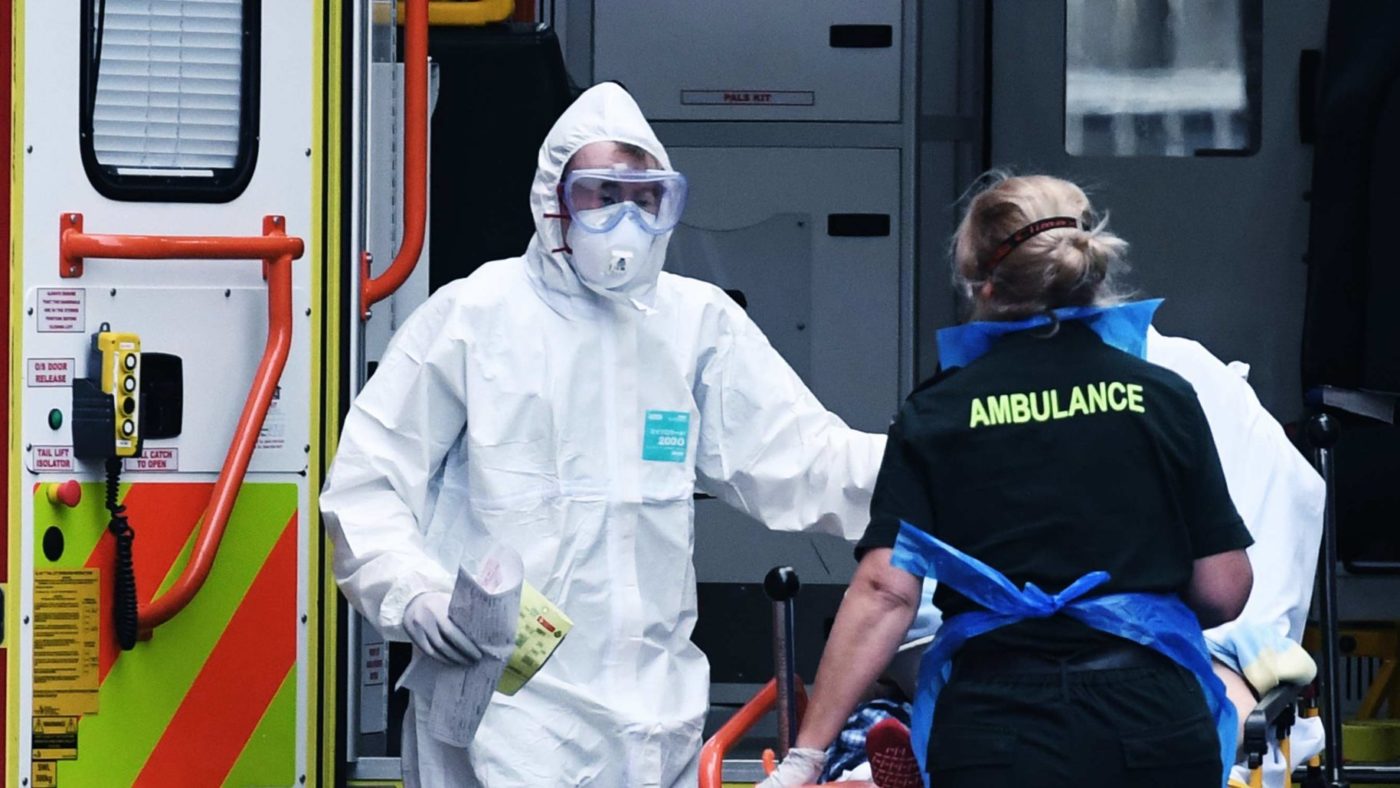As the Covid-19 death toll mounts, there’s a strong temptation to look elsewhere and wonder what might have been.
‘We could have been Germany / Korea / Sweden …’ the argument goes, if only the Government had taken certain actions at certain times.
A good example of the genre cropped up in the Guardian earlier this week, with a piece from the writer and researcher Elaine Doyle asking why the UK’s death rate is higher than Ireland’s. While Ireland acted early, her argument goes, the UK was still allowing big events to go ahead well into March and is now reaping the consequences.
Appealing though this line of argument may be, there are several problems with the ‘if we’d done X, we’d be like Y’ approach. Even among superficially similar Western European countries, variables such as population density, demographics and household formation can be quite different, even before taking into account factors like how a country’s health service is organised, or cultural differences in the way people interact.
For instance, in Italy, where the virus has hit so hard, the number of multigenerational households is higher than in Germany, where they appear to have managed better. Likewise, Ireland may have a lower death toll thanks to the excellence of its government’s strategy, but the country is also both smaller, less densely populated and less exposed to international travel than the UK.
The same false comparison problem crops up on the other side of the argument where the experience of small (population-wise), sparsely populated Sweden is held up as evidence that a less stringent lockdown was a viable option for the UK.
Above all, it’s just too early to say which measures have and have not been decisive. The infectious disease specialist Professor Samuel McConkey put it pithily, arguing that while Ireland’s actions may have helped it avoid the worst of the virus, “I’d reserve judgment on this for two or three years”.
It’s not just what should have happened, but what may yet. Virologist Jeremy Rossman has pointed out just how difficult it is to model the future impact of the virus. Because the virus arrived in different places at different times, a model that might currently be “very accurate” for Italy offers an enormous range of possibilities for the UK – from as low as 15,000 deaths to the ghastly prospect of 220,000 at the top end of the forecast.
I suspect that a good deal of the ‘if only we’d done this’ commentary has less to do with an honest seeking after truth and more a reflexive desire to blame someone for a situation that still, even after all these weeks, seems so unfathomable. It’s not just politicians, of course – the new phalanx of professional scolds would have you believe that the only thing separating us from a return to normal life is people shopping too often, rather than the fact there is no vaccine or treatment for the disease.
Perhaps most importantly, whatever side of the debate you happen to favour, none of us knows how long this disease will take to manage, let alone conquer. Estimates for a safe vaccine to be ready vary and, for all the speculative articles about hydrochloroquine or remdesivir, we don’t know if a workable treatment is around the corner or many months, possibly years, away.
Add into the mix the WHO’s announcement this week that antibodies do not necessarily mean a person is immune to the disease, and the still befuddling uncertainty of this situation becomes all the more apparent.
Click here to subscribe to our daily briefing – the best pieces from CapX and across the web.
CapX depends on the generosity of its readers. If you value what we do, please consider making a donation.


